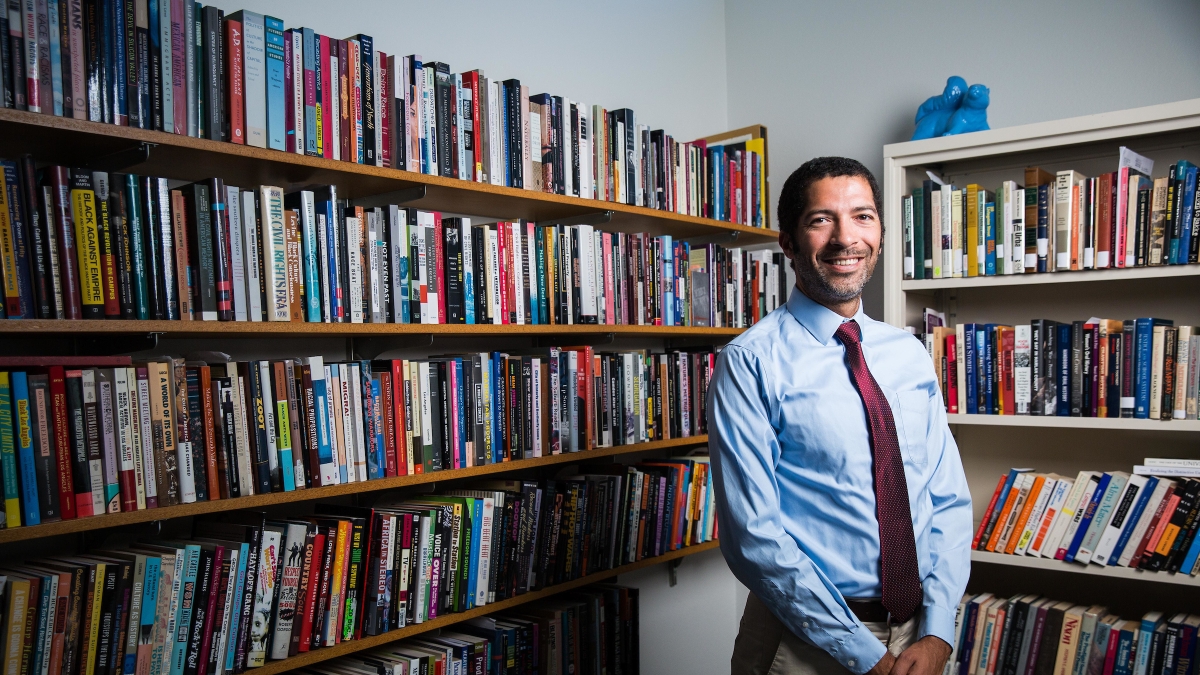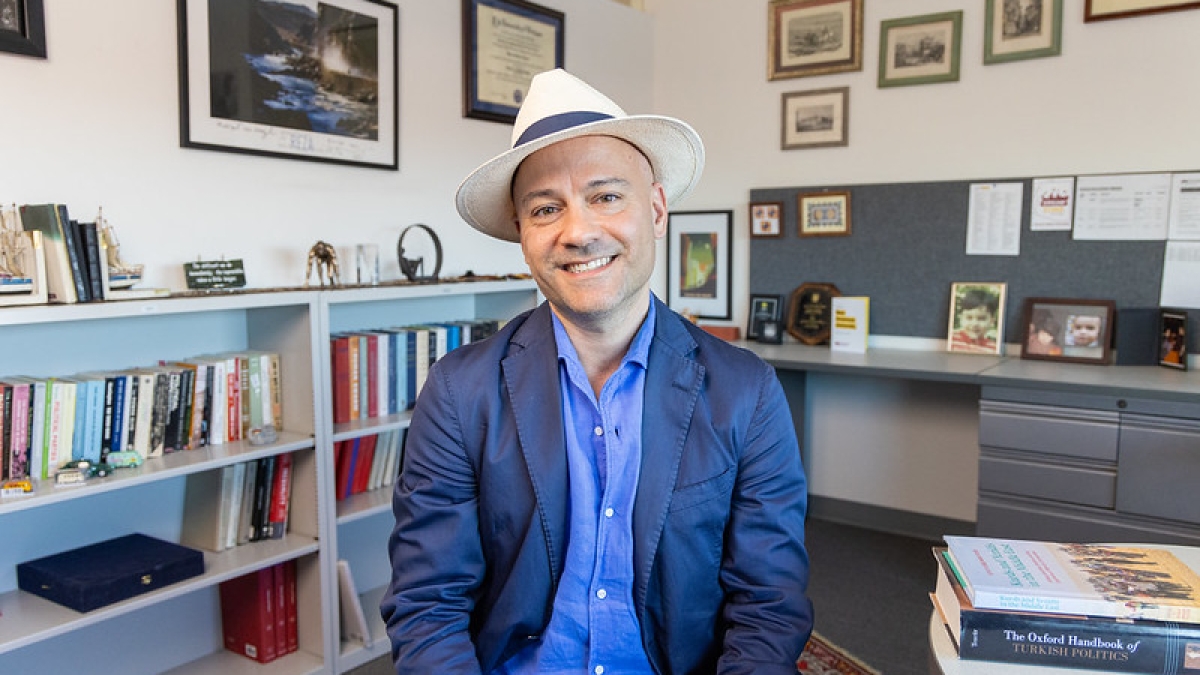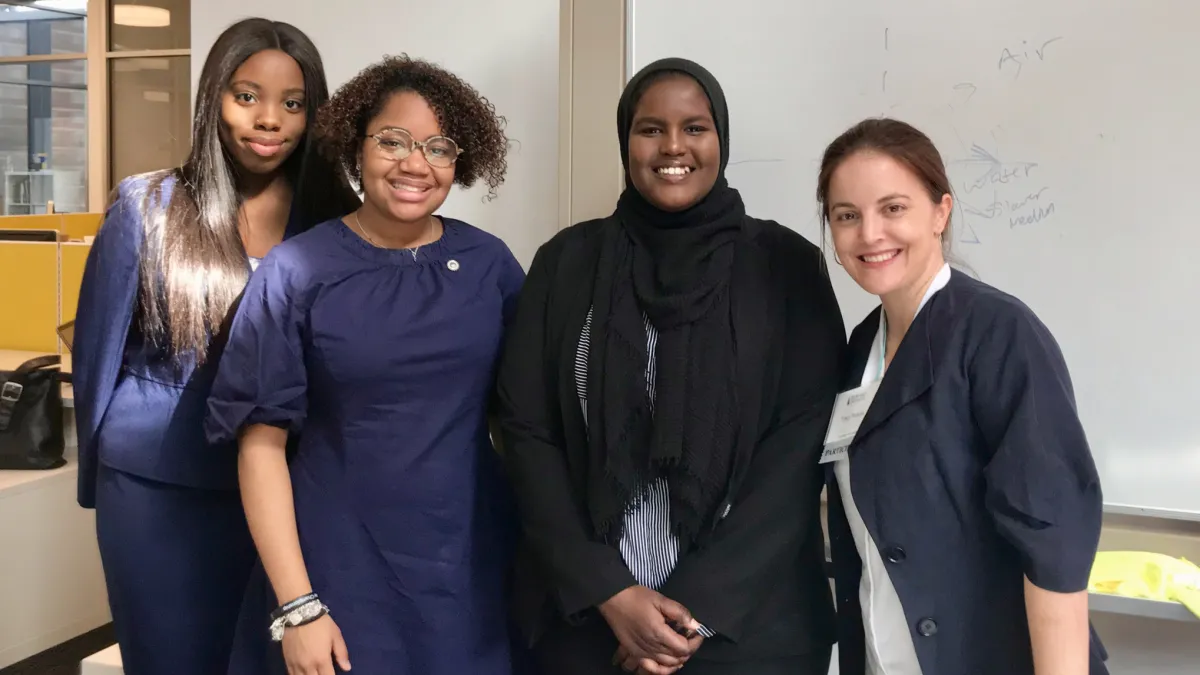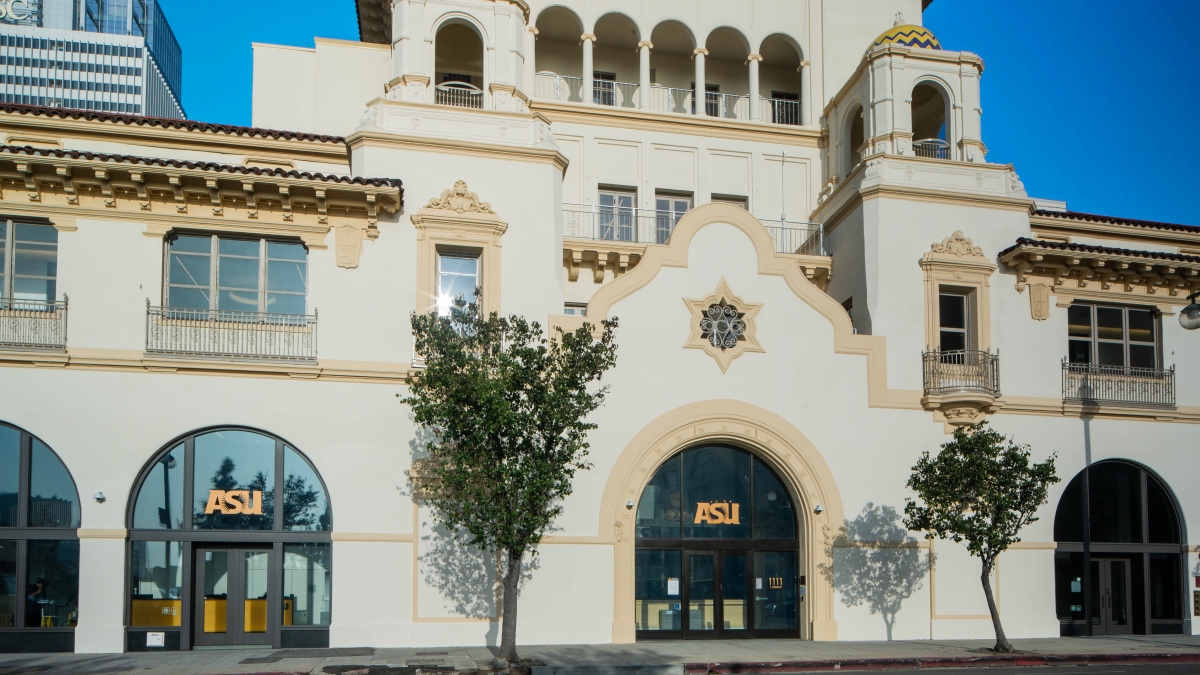ASU history professor to explore African-Americans' perspective of World War II
Matthew Delmont wins Guggenheim Fellowship to research how black people rallied to fight fascism and racism

The threads of history are often found in the daily life of people, and Matthew Delmont has been exploring that theme.
The Arizona State University history professor wrapped up his yearlong digital project, “Black Quotidian: Everyday History in African-American Newspapers,” earlier this year, and that inspired his next project on the daily lives of black people during World War II.
“African-Americans rallied around something called the ‘double-victory campaign,’ which meant victory over fascism abroad and victory over racism at home,” DelmontHe also is the author of “Making Roots: A Nation Captivated,” “Why Busing Failed: Race, Media, and the National Backlash to School Desegregation” and “The Nicest Kids in Town: American Bandstand, Rock ‘n’ Roll, and the Struggle for Civil Rights in 1950s Philadelphia.” said.
“Black newspapers will be one of the main sources. They had war correspondents embedded in Europe and Asia, and they were dodging enemy fire to bring these stories to the communities in the U.S.”
RELATED: ASU professor's project emphasizes lesser-known elements of black history
Delmont’s project got a huge boost when he was awarded a prestigious Guggenheim Fellowship recently, which will allow him to step away from his position and devote a year to research and writing.
The John Simon Guggenheim Memorial Foundation awarded 173 fellowships this year to scholars, artists and scientists out of nearly 3,000 applicants. Delmont is ASU’s 32nd Guggenheim Fellow.
Delmont discussed his upcoming project with ASU Now:
Question: How will you spend the fellowship year?
Answer: As the new director of the School of Historical, Philosophical and Religious Studies, I’ll defer the fellowship for a year, until 2018-2019, when we’ll have an interim director of the school.
I’ll spend the year looking up a lot of archival information, looking at black newspapers, documents, letters, reports, all things related to what was going on in the front or related to African-American troops deployed either in Europe or the Pacific Theater.
Q: How did African-Americans see the war?
A: When you look at this from an African-American perspective, the time period of the war changes. Usually when we talk about American involvement in World War II, we talk about 1941 to 1945 — 1941 being Pearl Harbor and 1945 being when Japan and Germany surrendered.
When you look at how African-Americans considered World War II, it actually started earlier. When Italy invaded Ethiopia in 1935, a lot of African-Americans considered that to be the start of war because it was a fascist nation invading the only independent nation in Africa. So even though the United States wasn’t involved yet, they saw their interests in play. They were using language about fighting against fascism by the mid-1930s.
Q: And what about after 1945?
A: For a lot of African-American veterans, when they came home they experienced similar levels of racism they had prior to the war. There was a great amount of hope that by proving their patriotism, by proving their service to the country in World War II, things would be different once they got home. In a lot of cases, that didn’t happen. You had lynchings of African-American veterans in the South and you had continued discrimination in housing, education and employment all throughout the country.
World War II became a rallying point for a lot of civil-rights activism after the war. So I think saying the war ended in 1945 doesn’t really accurately capture how black veterans and African-American communities more broadly tried to continue the organizing efforts.
They came home fighting for things in the home front that the nation had been fighting for internationally in terms of democracy and equality and freedom. They wanted to see those things be true not just in Europe but also in the United States for them.
Q: How did you become interested in this era?
A: My last digital project was “The Black Quotidian.” I saw some fascinating articles, a mix of local and global stories. In a single newspaper, you’d see a story about a set of brothers from Cleveland who were fighting in the war, and what neighborhood they were from and what their parents thought about it and in the same issue you’d see what was going on in Ethiopia, with a global perspective. I saw so many smaller references that I became interested in how the bigger picture fit together.
And also it’s the current political climate in the country. A lot of questions are being raised about civil rights and whether our nation will ever be equal in terms of race and opportunity. Looking back to World War II, what we usually think of as the golden era of our nation’s history, the “good war,” a lot of the issues regarding race relations look similar to what we see in the news today. There were race riots and racial confrontations in cities and on Army posts all across the country during the war, and I don’t think most people think about that when they think about World War II.
I think by looking back and seeing that these levels of racism and racial unrest have always been part of our nation’s history and something we have to reckon with and deal with honestly, I’m hoping that seeing World War II in that way can give us a usable history to better understand why we’re trying to deal with those same issues over six deades later.
Find Delmont’s “Daily Quotidian: Everyday History in African-American Newspapers” project here.
Top photo: Matthew Delmont, a history professor and director of the School of Historical, Philosophical and Religious Studies in ASU's College of Liberal Arts and Sciences, won a prestigious Guggenheim Fellowship. He'll spend a year researching the perspectives of African Americans during World War II. Photo by Deanna Dent/ASU Now
More Law, journalism and politics

School of Politics and Global Studies director's new book explores mass violence
Why do people commit atrocities and why are certain groups, including religious and ethnic, more vulnerable to large-scale violence? These questions are explored in a new book by Güneş Murat Tezcür…

ASU faculty contributing to improvement of Wikipedia
Many academics have a love-hate relationship with Wikipedia. While the website has information about almost anything you can imagine, the credibility of that information is sometimes suspect. Tracy…

ASU Law students gain vital experience through Los Angeles location
Students at the Sandra Day O’Connor College of Law at Arizona State University may be concentrated in the school’s downtown Phoenix headquarters, but they have more choices than ever when it comes to…